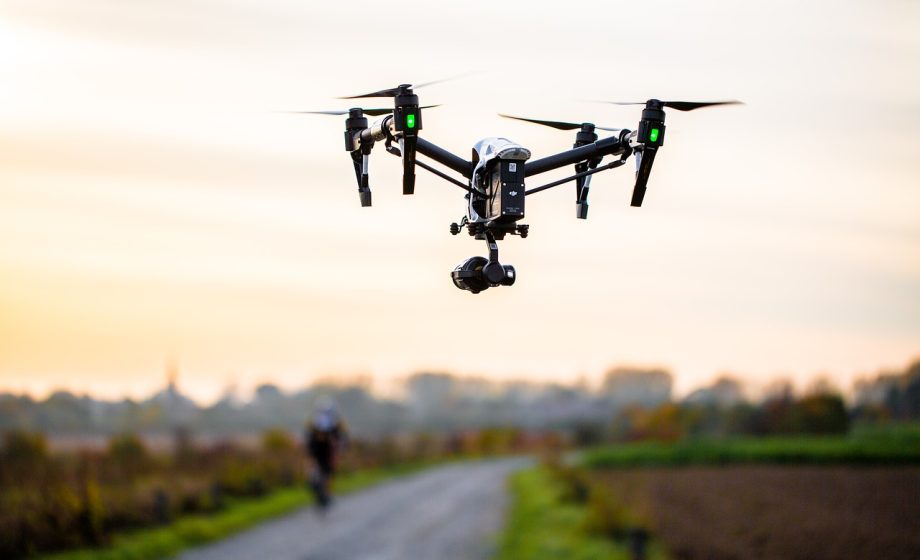A UK startup is offering a new service to help drone operators avoid conflicts with other drones, aircraft, and restricted airspace, according to TechCrunch. The move comes as more companies like Amazon are exploring drone deliveries, and could help open the door to automated flights.
Altitude Angel, based in Reading, England, has provided drone operators with data, safety, and traffic management systems since 2015.
But on Thursday, they announced plans to launch an Unmanned Traffic Management (UTM) Conflict Resolution Service (CRS) with new capabilities and expanded reach, moving a step closer to making automated drone flights safe and reliable enough for routine use.
While an existing UTM service might allow companies to coordinate all of their own drones using a service, Altitude Angel is going one step further and combining that data into a broader platform, as more companies take interest in commercial drone operation.
Altitude Angel CEO Richard Parker told TechCrunch:
“Uber might use the service to register all of Uber’s flights and Amazon might use the service to register all of Amazon’s flights — but together, via the [platform], they effectively can avoid each other.”
The service includes two components. The first is a “Strategic de-confliction” service, to be launched on July 23rd. Altitude Angel will allow operators to opt-in and submit flight plans to determine conflicts, both with other flights and with restricted areas in the company’s worldwide data feed.
This will help operators avoid issues ahead of time, during the flight planning phase, suggesting changes to timing or route that would resolve any conflicts.
“After identifying a potential conflict, CRS will make the necessary routing adjustments, allowing the drone to maintain an appropriate separation standard between other airspace users or fly around restricted airspace so it can continue safely (and efficiently) to its destination,” the company wrote.
A second component will launch in September, called “Tactical de-confliction.” This will monitor the airspace around a drone during flight for unexpected changes, like a conflict with other aircraft or an unexpected airspace restriction, like a geofenced area surrounding a police incident. The system will immediately adjust the drone’s route in response.
“We’re bringing in commercially available data feeds of every piece of manned air traffic available today. So that’s every commercial flight, that’s in some instances police helicopters, medical choppers etc.,” said Parker.
Parker is careful to clarify that the system is not universal or comprehensive, and does not rule out the possibility of a crash. Instead, it’s being marketed as a way to reduce the risk of collisions or other incidents. When it goes live, Parker estimates around 5,000 to 6,000 flights will feed into its system each month, including all of the company’s current customers.
The technology is built on a platform that has already been in use since 2016, allowing pilots to request access to restricted airspace around airports. According to Parker, this means the system has already faced global scrutiny and is “extremely reliable and robust.”
Image by Laurent Schmidt from Pixabay

